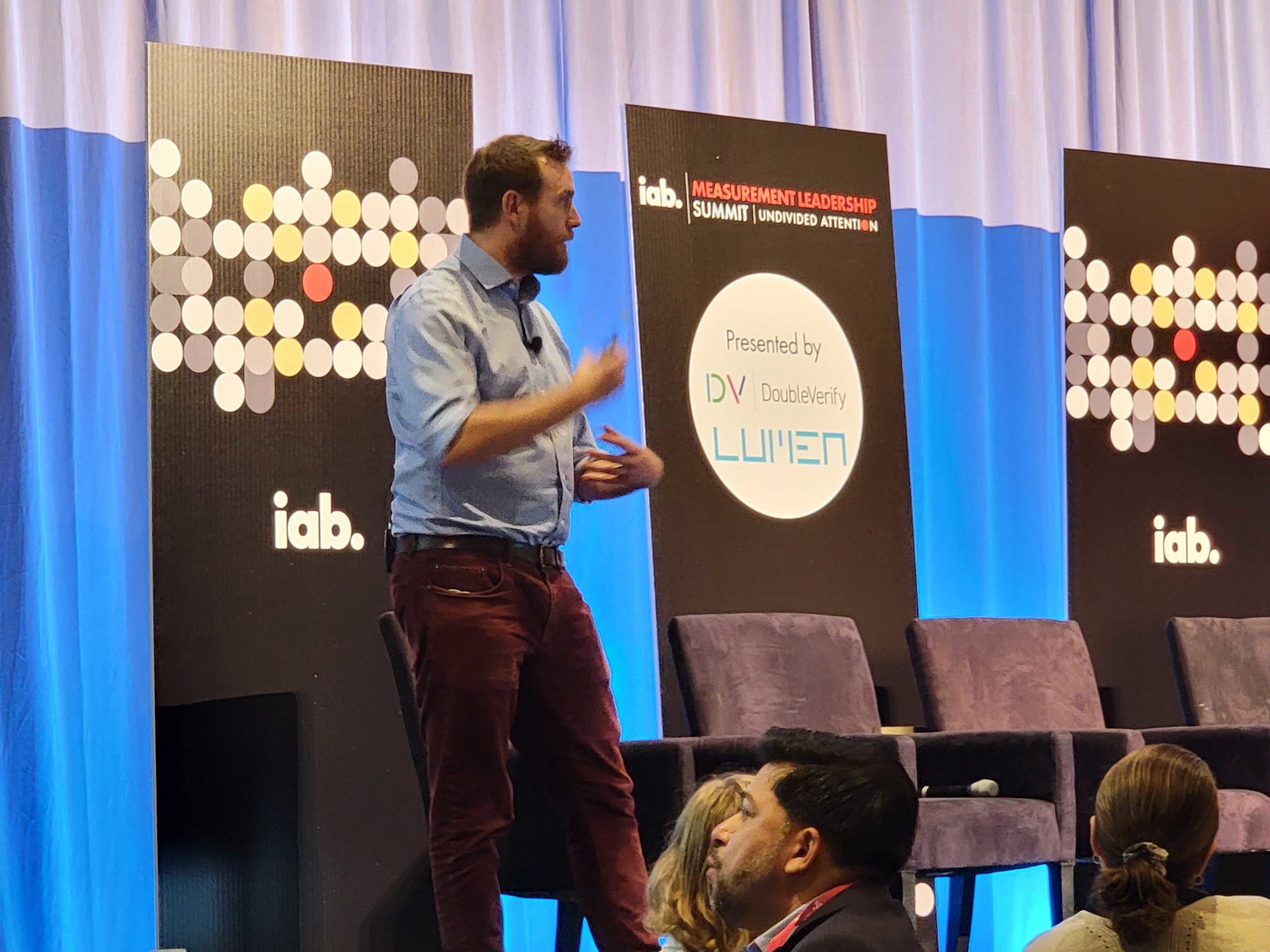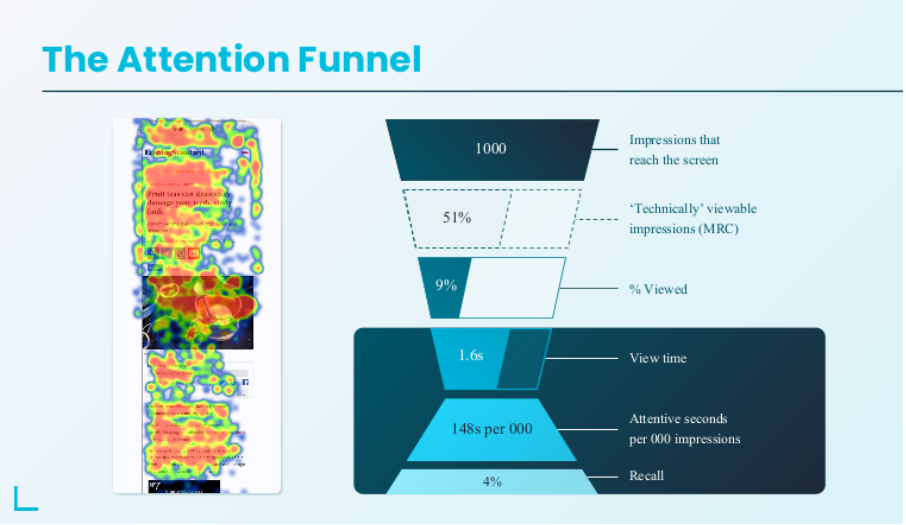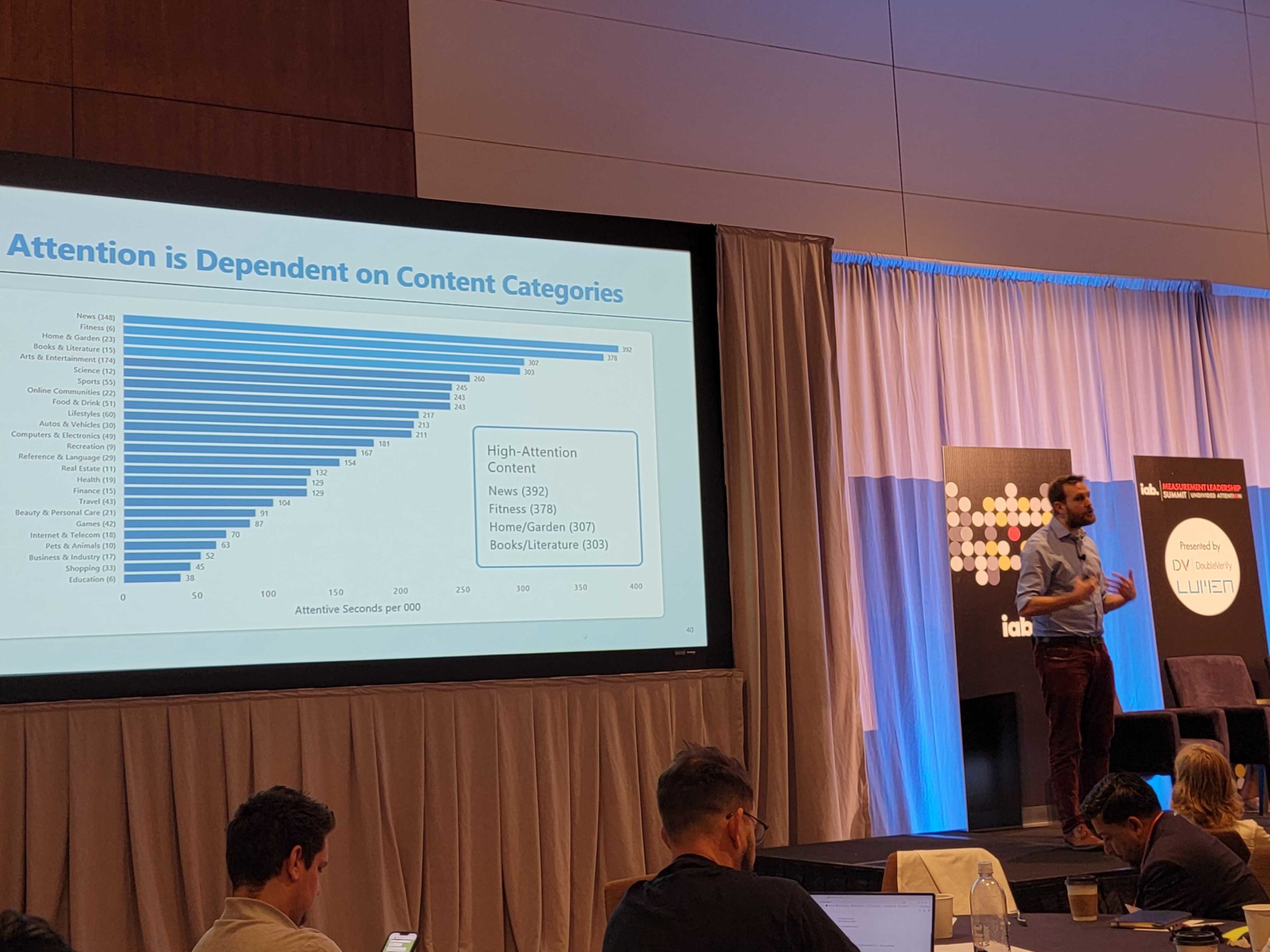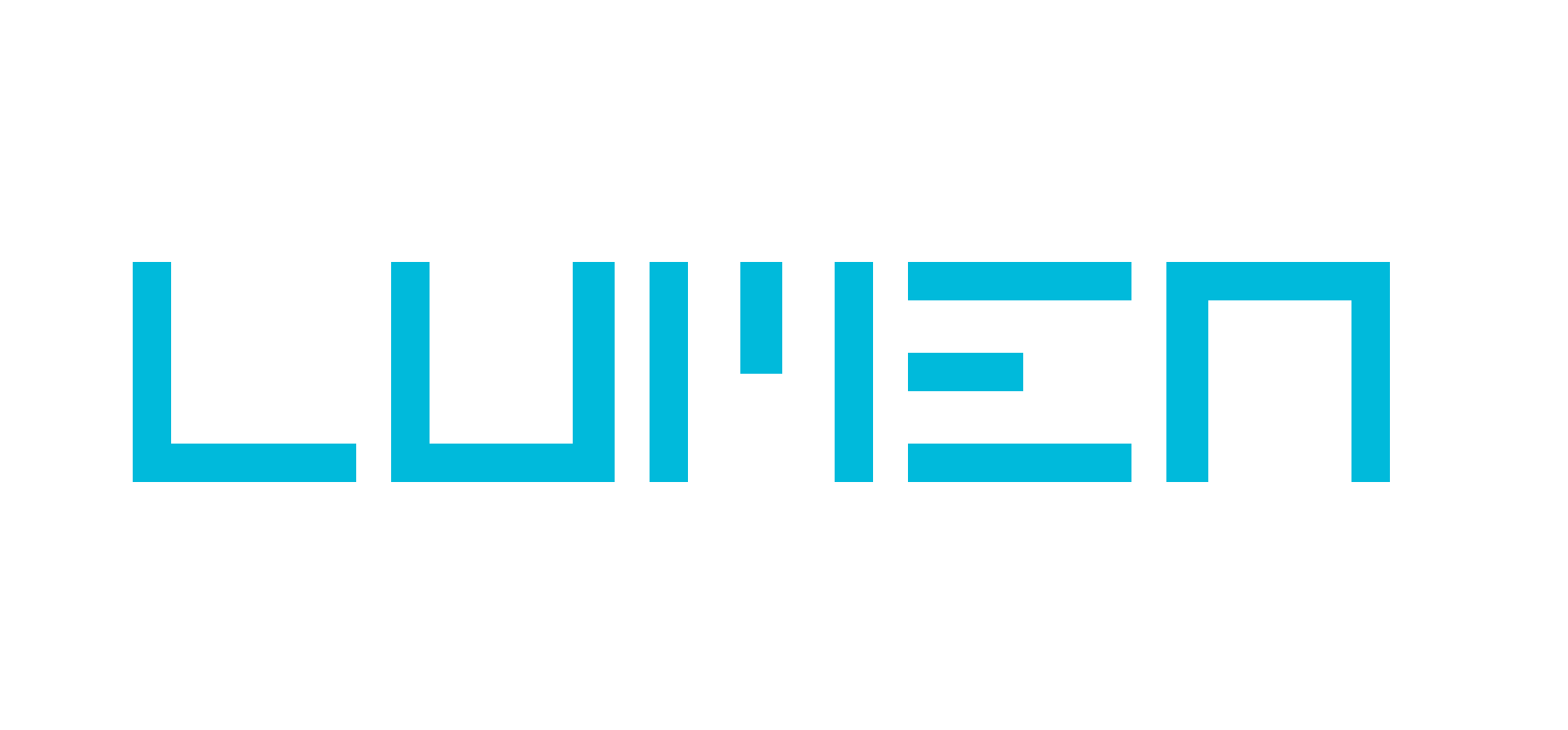5 Takeaways about the Attention Economy from IAB ALM
Earlier this week, Lumen presented some of our latest attention data at IAB’s Annual Leadership Meeting in Marco Island, Florida. In an exclusive session “Undivided Attention,” Lumen CEO Mike Follet broke down our findings to a packed room of advertisers and publishers looking to learn more about the attention economy.
Through Lumen’s eye-tracking technology and predictive modelling, we analyzed how consumers visit publisher websites and truly see and engage with ads. Scott Linzer, General Manager for the Americas, took the stage later to discuss the implications of our findings with a panel of publishers from companies such as The Wall Street Journal, Tik-Tok, and Paramount. The session saw lively discussion from both advertisers and publishers as everyone came together to think through “attention” in the new attention economy.
Here’s what Lumen covered in the session:
00.00

- Viewability Does Not Equal Viewing.
In Mike’s presentation, we talked about the attention funnel for ads as they’re delivered to a publisher or platform environment. While impressions and “viewable” impressions certify that the ads were delivered, this is only the top of the attention funnel. Viewability, which usually means that an ad has been delivered and rendered, doesn’t mean that people actually saw the ad. With Lumen’s technology, Mike demonstrated what true viewing time looks like as consumers scan a website and pay attention to ads.

- Deep Engagement Drives More Attention to Ads.
We’ve all heard the term “clickbait.” A lot of the time, clickbait is produced to drive more traffic to short articles with ads. The ad inventory on high-traffic pages is valuable for advertisers who want to get in front of as many people as possible – but are those people paying attention?
As Mike pointed out, Lumen has found that premium content and slow media – content that is consumed from start to finish – drives higher attention to the ads than shorter articles. In effect, higher quality content drives higher quality attention to the ads on the content.
“Attention is a function of content,” Mike explained. When the content drives deep engagement, consumers are much more likely to see the ads served on that content.
- Attention Changes According to Content Category.
Attention varies across publishers, platforms, devices, channels… and even content category. Our analysis found that the exact same ad performs differently depending on the article topic. For example, the attention value of an ad delivered to a home and gardening article will be different than the attention value of an ad placed on a fitness article.
This presents a compelling argument for new ways of pricing CPMs and building media models based on specific content categories.

- Attention is a Human Metric.
During the session, there were panels from both advertisers on the buy-side and publishers from the sell-side of the business that gave perspectives on attention as a measurement tool.
“Attention is a human metric,” according to Joanne Leong, SVP of Global Partnerships at dentsu. By understanding how consumers visually experience ads, advertisers can build new methodologies to test, activate, and optimize ad campaigns with a truly human-first context.
Mike agreed, explaining that using attention technology for advanced ad measurement can help with price discovery from end-to-end, as well as creative optimization and testing.
- Ad Blindness is Ad Waste.
Doug Rosen, CEO of dentsu Americas, explained that dentsu has been integrating attention as a metric for campaigns for five years. This is critical for success in many campaigns, because of one simple reason: consumers don’t see the vast majority of ads in front of them. Research estimates that people encounter up to 10,000 ads every day, but only notice about a hundred of them. When no attention is paid to an ad, the ad budget is wasted. Through a partnership with Lumen, dentsu has developed innovative new ways to bid and place ads based on what will drive high-value attention.
- The New Attention Economy
As Mike showed during the session, the implications of the attention economy for both publishers, platforms, and advertisers are important for everything from content strategy and experience to CPMs and media planning. By understanding the economics of real attention – by measuring the real time spent viewing an ad, rather than viewability – we believe there can be a win-win model for publishers and advertisers that puts a new emphasis on quality content and the quality ads that are placed with it.
Big thank you to the IAB for having us and we can’t wait for the next one!









